Kaedah pengajaran/penyeliaan dan penilaian
Perincikan dan jelaskan strategi perancangan dan pelaksanaan yang dilakukan terhadap perkara berikut:
- Pengajaran / penyeliaan
- Penilaian
Sertakan bahan bukti / maklumat yang berkaitan dengan pernyataan strategi di atas, contoh:
- Senarai kursus
- Rangka kursus dan bilangan pelajar
- Bilangan pelajar diselia mengikut peringkat Sijil / Diploma / Sarjana Muda / Sarjana / PhD
This course begins with a brief coverage of the basic principles of Medicinal Chemistry and moves on to deal with chemical nomenclature, synthesis, mechanisms of action, brand names, uses and side effects of the following classes of drugs: autonomic drugs, cardiovascular drugs, hormonal agents, prostaglandins and eicosanoids. etc. The other aspects covered are the drug’s target, the principle of drug action, interaction among drugs as well as the concept behind drug discovery and development. The course includes laboratory experiments and application of basic drug synthesis and structure-activity relationship through lecture, e-learning and group work. It incorporates elements of HIEPs Intensive Academic Writing (IAW) in the assessment. The students should be able to understand basic chemistry principles and perform chemistry experiments that cover techniques, methods, observations and data collections.
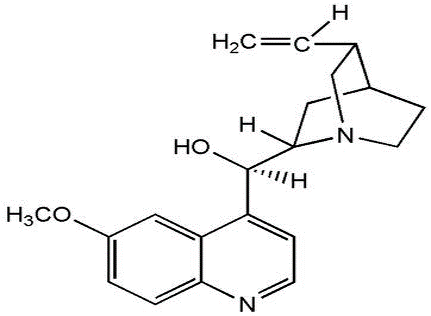
The course aims to provide students with the necessary skills for separation of the active constituents obtained from natural sources in addition to the different methods of separation (chromatography) and then identify these active ingredients either in pure form of a mixture- as well as the different methods to prevent adulteration and counterfeit medicines of these components and how to overcome and solve problems as well as how to deal with poisoning and abuse substances. The course includes laboratory experiments and application of basic phytochemistry and their pharmacological uses through lecture, e-learning, self-directed learning and group work. It incorporates elements of HIEPs Intensive Academic Writing (IAW) in the assessment. The students should be able to demonstrate personal skills in discussing the physicochemical properties of natural products, produce a comprehensive written report on the uses of active constituents in medicinal plants, and apply pharmaceutical science principles in phytochemistry.
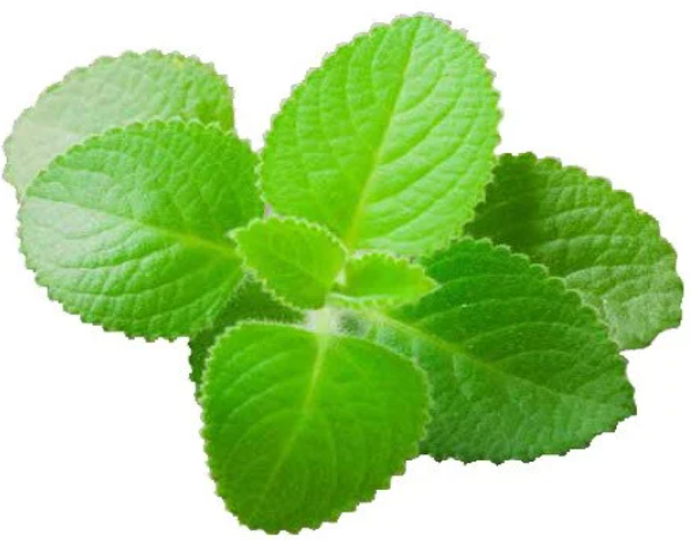
This course covers the history, scope and development of pharmacognosy. Important aspects related to herbs such classification, cultivation, collection, harvesting and evaluation of crude drugs are covered. Other aspects covered are phytochemistry, plant biosynthesis, enzyme biotechnology, and plant tissue culture. Novel medicinal agents from marine source, study of herbal preparations, allergens, and new concepts such as nutraceuticals as well as important classes of phytochemicals is discussed. An overview is given of the important plants used in the management of cancer, diabetes, inflammation, liver disorders, hypertension and AIDS, as well as drug interactions between herbs and modern drugs. The course includes laboratory experiments and application of basic phytocompounds screening through lecture, e-learning, self-directed learning and group work. It incorporates elements of HIEPs Intensive Academic Writing (IAW) in the assessment. The students should be able to understand basic phytocompound chemistry principles and perform chemistry experiments that cover techniques, methods, observations and data collections.

The course introduces the students to basic techniques and instrumentation for analysis of drugs in various body fluids. Principles of extraction, separation and quantitative analysis, including titrimetry and gravimetry will be discussed. General principles of chromatography, spectroscopy, NMR, ESR, Mass spectrometry, Thermal analysis and introduction to Super Critical Fluid Chromatography will be dealt with. The course includes laboratory experiments and application of basic pharmaceutical analysis instrumentations through lecture, e-learning self-directed learning and group work. It incorporates elements of HIEPs Intensive Academic Writing (IAW). The students should be able to understand analytical chemistry principles, demonstrate good written reports and perform personal skills in analysing pharmaceutical products using pharmaceutical analysis techniques.
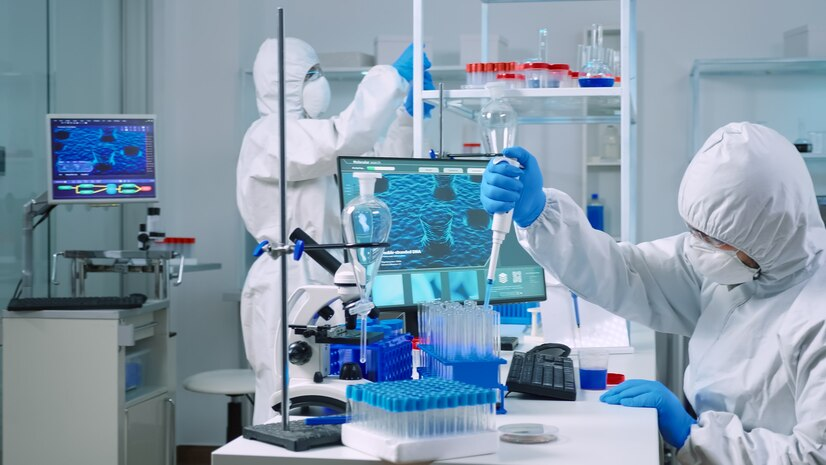
The course aims at introducing students to etiology, sign and symptoms and treatment of common diseases in farm animals and pets using drugs. The contributing factors and symptoms of the main infectious diseases, food deficiency and metabolic dysfunction in domestic animals and pets would be analyzed. The students are expected to demonstrate the social communication in discussing common animal health, the dosage form and specific delivery systems of drugs available for treating animals. Aspects of responsibility and ethics in veterinary practice and its related regulations would also be discussed. Teaching will be largely delivered via lectures, industrial visit, tutorial and e-learning. Students are expected to gain a general idea about the practice of veterinary pharmacy and are able to begin exploring the profession via the role-play project given.
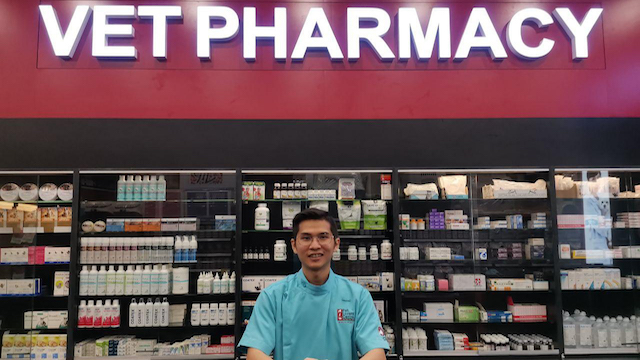
This course aims to introduce the students to traditional and complementary medicine. The course outlines the history and philosophy of traditional and complementary medicines, Ethno medicines, Ayurveda/Unani medicines and practices, Chinese medicines and practices, homoeopathy medicines and practices, Malay traditional medicines and practices, aromatherapy, nutrition, reflexology through lectures, e-learning, case study, and group work discussion. It incorporates alternative assessment using authentic assessment and elements of HIEPs, including Intensive Academic Writing (IAW) through the use of Evidence-Based Practices in the preparation of assignment reports. The students should be able to demonstrate effective ethics and professionalism in explaining the basic concept of T&CM, the types of T&CM services available in Malaysia, and the national policy and Act on T&CM, analyze the varieties of Malays, Chinese, and Indian traditional medicine system in analysing homoeopathy medicine, and complementary medicine such as aromatherapy, chiropractic, flower therapy and reflexology and formulate personal skills in T&CM services.
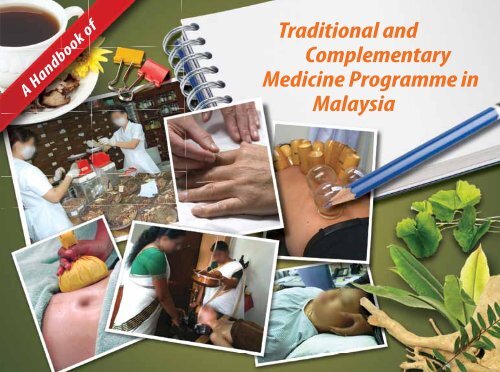
Pelajar Sarjana Muda Farmasi (Hons):
Sesi 2019/2020: 3 orang
Sesi 2020/2021: 3 orang
Sesi 2021/2022: 3 orang
Sesi 2022/2023: 2 orang
Phytochemical analysis, total phenolic content and antioxidant activity of two varieties (1).pdf
Bilangan pelajar sarjana:
Sesi 2024/2025: 1 orang
Draft manuscript: Manuscript-REVIEW PAPER-FRGS.pdf